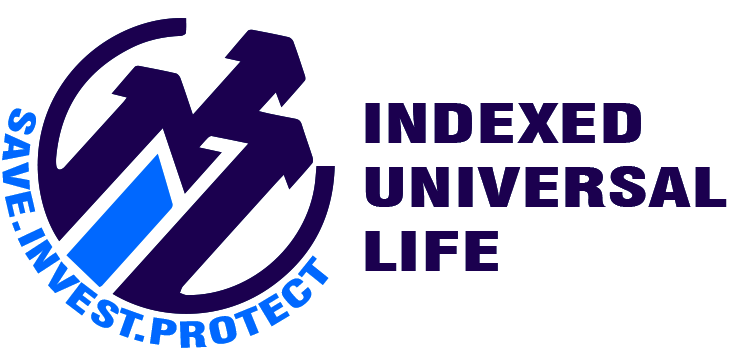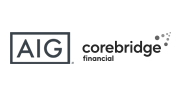The IUL Policy
In many respects, indexed universal life (IUL) insurance is similar to traditional universal life insurance, with the key difference being how the cash value accumulates. IUL uses a unique crediting method linked to a market index to determine the growth of the cash value component.
What Makes Indexed Universal Life Insurance Unique?
What sets Indexed Universal Life (IUL) insurance apart is its cash value component, which can grow based on the performance of a market index. This allows for higher – and sometimes significantly higher – returns compared to traditional universal life policies.
IUL policies usually offer both a guaranteed fixed interest rate and the indexed option. Most of these policies ensure that your cash value won’t fall below zero, or the minimum “floor,” even if the market performs poorly.
When the underlying index performs well, your cash value is credited with returns up to a stated cap rate. If the index has a negative return, your cash value remains stable with a 0% credit, meaning you don’t lose any value during that period.
Depending on the insurance provider and the policy, you can choose from various market indexes for your IUL policy, such as the S&P 500, Nasdaq 100, Dow Jones Industrial Average, or Russell 2000. Some IUL policies even allow you to select more than one index, offering greater flexibility.
IUL Credit Methods: How Indexed Universal Life Insurance Earns Returns
Indexed Universal Life (IUL) policies use various crediting methods to grow the cash value, typically ensuring a guaranteed floor, which protects your cash value from falling below a set level, even if the index performs poorly. Here’s how the crediting methods work:
Cap Rate:
The cap rate is the maximum return your IUL policy can earn. If the underlying index earns 8% in a year, but your IUL has a cap rate of 7%, your cash value will be credited at 7%. This rate is set in advance for each index period.
Participation Rate:
The participation rate is the percentage of the index change applied to your cash value. For instance, if the participation rate is 75% and the index gains 8%, your cash value will be credited with 6% (8% x 75%).
Spread:
The spread is a deduction from the index gains before crediting the cash value. If your IUL has a 4% spread and the index grows by 9%, the policy will credit 5% (9% – 4%).
“

Get personalized quotes — Free, No-Obligation IUL Quote: Enter Info, Calculate A Deposit In 5 Min, Talk To An Agent. It Costs $0 To Run The Numbers & Calculate A Recurring Deposit. No-Obligation IUL Estimate In 5 Min.
Floor:
A key feature of IUL policies is the floor, which sets a minimum guaranteed interest rate. For example, if your policy has a 0% floor, even in a poor market year, your cash value won’t earn less than 0%, safeguarding it against losses.
Reset Feature:
The reset feature locks in gains each year, ensuring that once credited, those gains cannot be lost due to future market downturns. This allows for compounding growth, causing the cash value to steadily rise over time, much like a staircase, regardless of market fluctuations.
No Direct Market Participation:
Although the cash value of an IUL can earn returns similar to the market, it is not directly invested in the stock market. This provides market-like growth potential with less exposure to risk.
Top-rated insurance companies offering Indexed Universal Life (IUL) policies
A professional licensed insurance agent’s role is to assist you in selecting an appropriate provider and customizing a policy to meet your specific needs.





